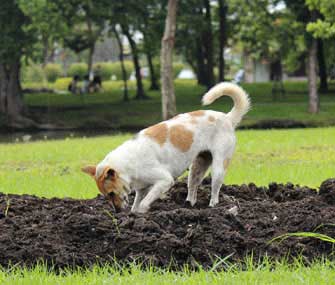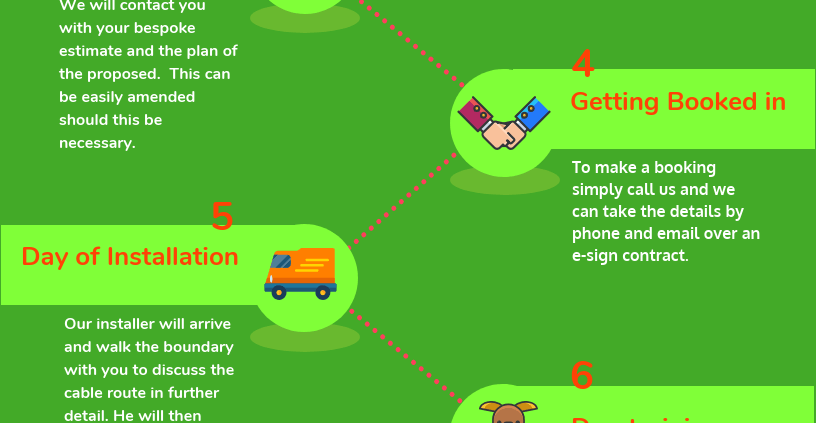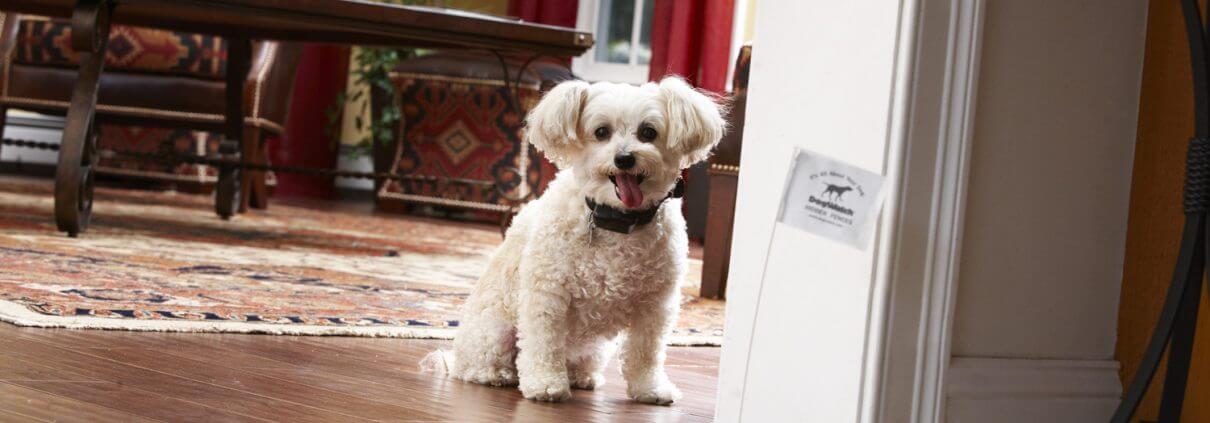Electric fence for dogs. What You Need To Know!
An electric fence was designed ultimately to stop straying dogs. This can be expanded on for a multitude of scenarios and dangers, to members of the public and dogs themselves.
Pets love to be out in the fresh air, with freedom to explore. But just letting them out isn’t always practical or safe. A responsible owner wants to keep their pet close to home and out of harm’s way. A Dog Fence Pet Containment System you can do just that!
DogFence provides a range of smart, hidden electric fencing for dogs. All of our Containment Systems uphold the rigorous standards of pet protection as laid out by the Electronic Collar Manufacturers Association (EMCA) and are DEFRA Approved. 
The words “Electric Fence” is not technically the case for our hidden fence products…. The Dog Fence system has no electrical current and is hidden underground operating on FM frequency radio waves.
Your pets can enjoy the full run of your garden and grounds all day, whether you are with them or not, improving their quality of life.
The pet containment system is a radio fence and not an electric fence system.
There is no doubt about that fact that dogs learn through associative learning. When Bruno sees his lead he is likely to get excited, when he hears you touching his bag of food he may drool and run to his bowl. When the bath is run he may go hide! In this same way, your dog may associate the boundary of the hidden fence as a no go area after installation and training.
What You Get With An Electric Fence For Dogs:
- Safe for your pets (DEFRA Approved).
- Works of Radio frequencies not electricity.
- Effective for any number of pets.
- Full installation and training.
- Pets are free to run, not run away.
- Cost effective compared to traditional fencing.
- Can keep pets out of ‘No-go’ areas.
- Not just dogs, it’s a pet fence and cat fence.
If you are worried about having been away from home for too long, without having let your pet out. It might be that you are worried about your dog bothering the neighbours, straying and getting lost, or being involved in an accident on the road. Even if you have a static fence installed, a dog can be a great escape artist!
Modern roads are dangerous enough without the additional hazard of stray pets. The nightmare scenario here is that your pet could cause an accident, in which someone could be fatally injured and your pet can suffer the same fate. Responsible pet ownership now means that we have to keep our pets secure.
Using our DEFRA approved electric fence for dogs provides the solution to all of these concerns.
DogFence supplies a system for keeping pets within the boundary of a property without the need to install and maintain an unsightly, expensive traditional fence.
The concept of electric fencing for dogs, was first introduced in America, more than twenty years ago. Over a million pets now benefit from it and times have changed in that electric shock collars are illegal in the UK. DogFence has worked closely with DEFRA to provide a product which falls within the remit of legal requirements. The pet containment system from DogFence is a DEFRA approved pet containment training system.
Pet behaviour is usually easy to condition, our training succeeds in substituting a psychological boundary for a physical one.
What Is A Hidden Fence?
- A wire is laid around the perimeter of the property or chosen area and is either buried a couple of centimetres underground or attached to existing fencing. A transmitter sends a low power, low frequency radio signal continuously around the wire which acts as an aerial.
- Your pet (or pets -can be any number on the same system) wears a tiny battery-powered receiver, on the collar which picks up a coded signal from the wire.
- When the pet comes within the signal range, he hears a warning beep from the receiver which he must learn to obey.
- If the warning beep is ignored, which may happen just a few times at the beginning. A correction similar to the static electricity sometimes experienced from a car door or lift button will be experienced.
- The correction doesn’t harm at all, but it startles and your dog doesn’t eagerly want to repeat this experience. Association of boundary is learnt via training and initially the use of marker flags to provide an effective way to contain your pet, even without a physical fence in place.
Installation and training is a provided by DogFence. It is important that our step-by-step procedures are followed if the psychological boundary for your pet is to be established. Our expert training advisers guide you through the training process on installation day and provide future support.
Our friendly and helpful team are more than happy to answer questions and give advice. 100% safe – no electricity is carried along the wire. This is 100% not an electric shock fence.
Get in Touch with your requirements today!
Our team can:
- Advise on the purchase of your system.
- Assist you with the layout.
- Advise on the installation.
- Quote for the installation.
- Answer any questions you may have.


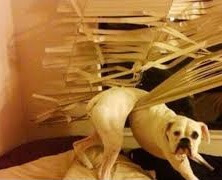
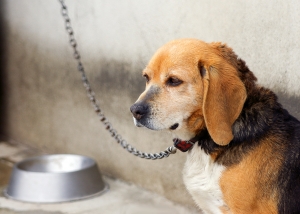

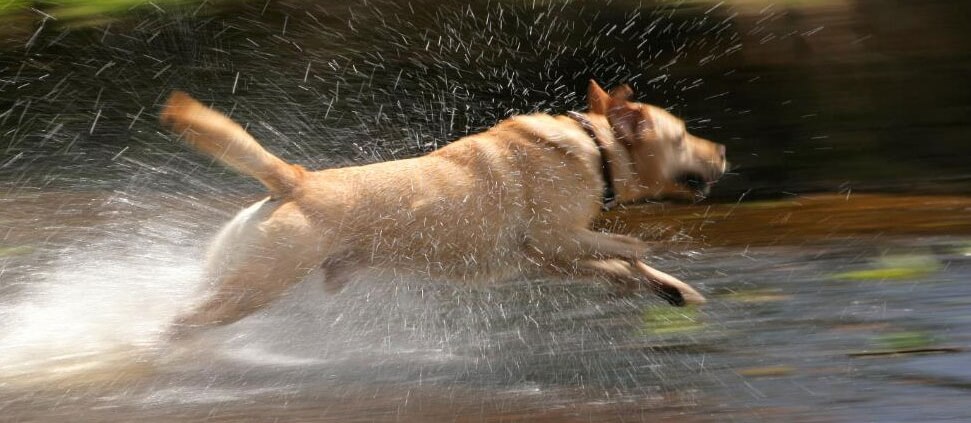

 Dogfence Ltd
Dogfence Ltd